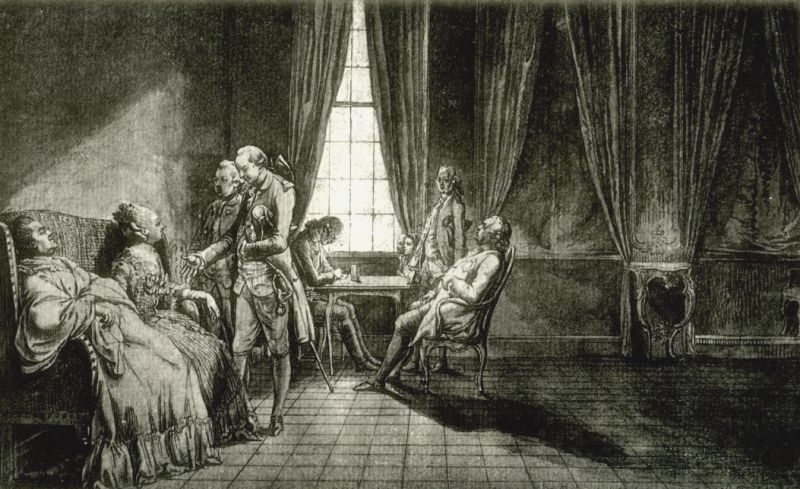Daniel Chodowiecki – The Polonica
Mediathek Sorted

![Ill. 2: Cabinet d’un peintre [Cabinet of a painter] Ill. 2: Cabinet d’un peintre [Cabinet of a painter] - Etching, 18 x 23 cm. Depicted is part of Chodowiecki's family.](/sites/default/files/styles/width_100_tiles/public/assets/images/2_mit_familie.jpg?itok=Ox3Ojmp4)
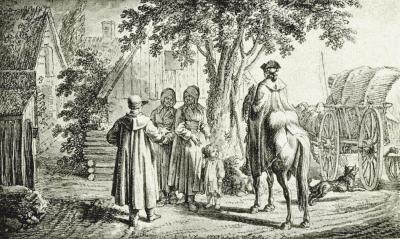
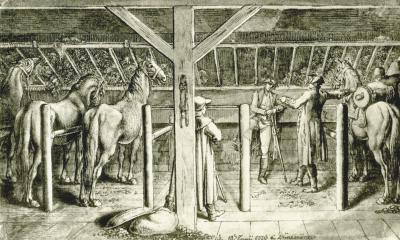
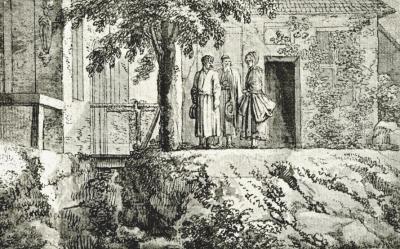
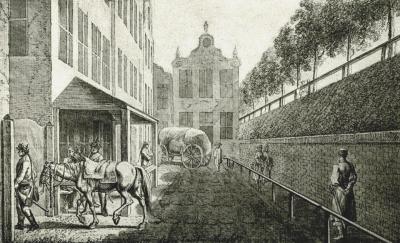
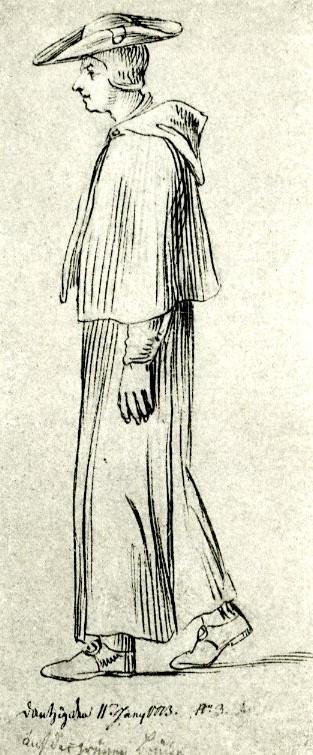
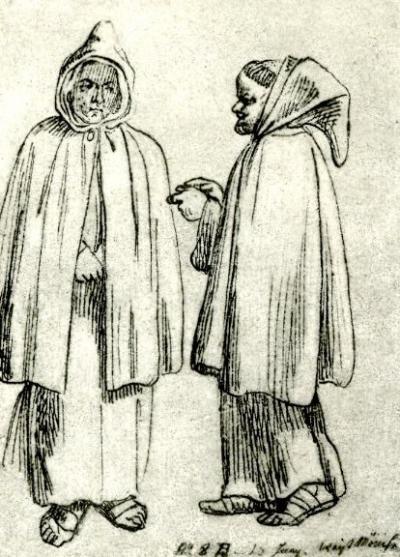

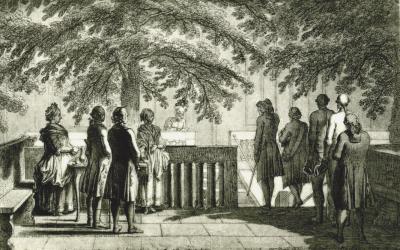
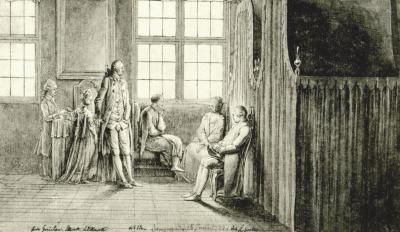
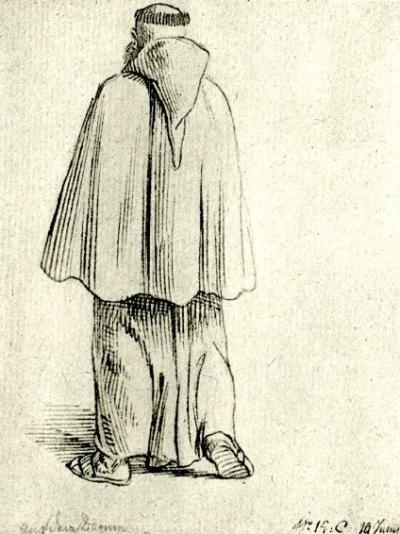
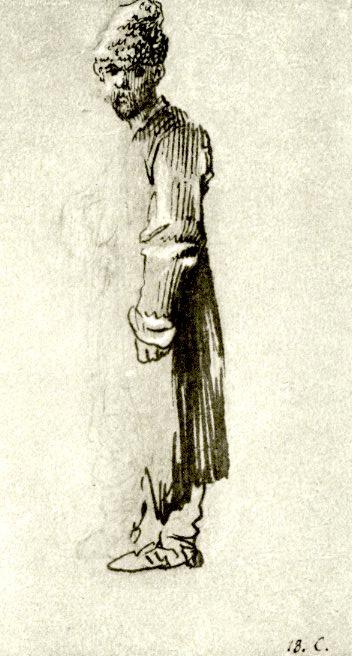
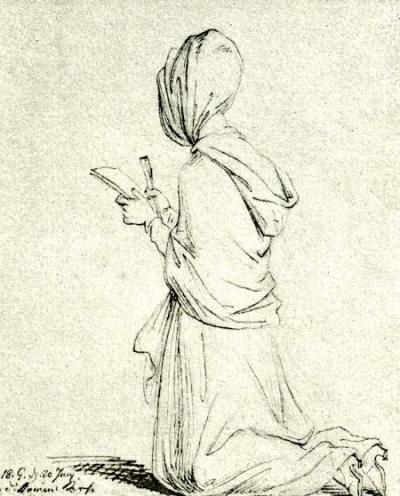

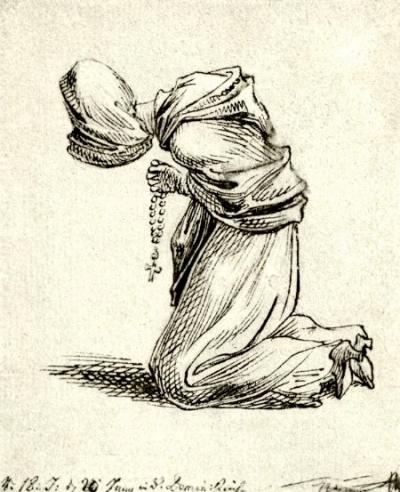
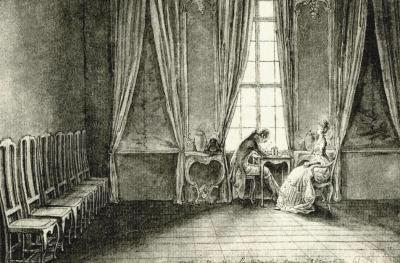

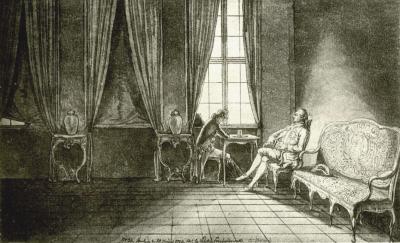
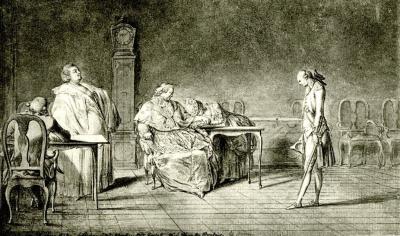
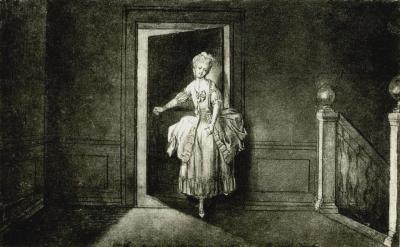
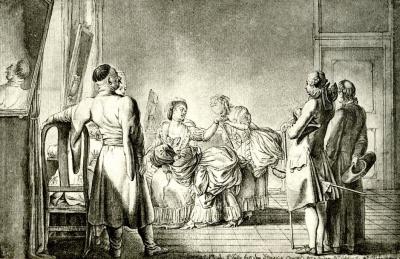



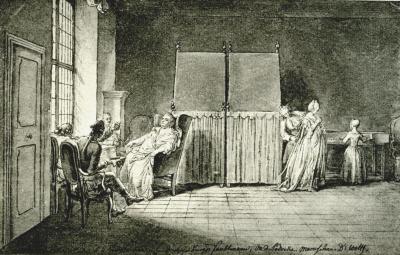
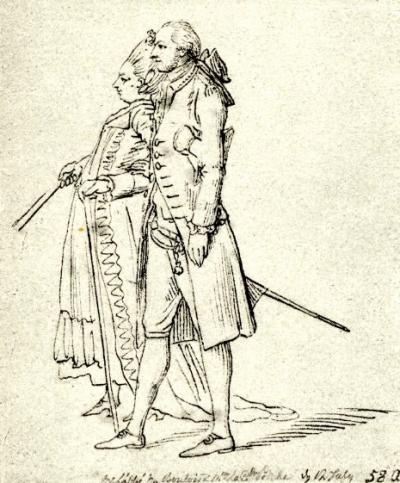

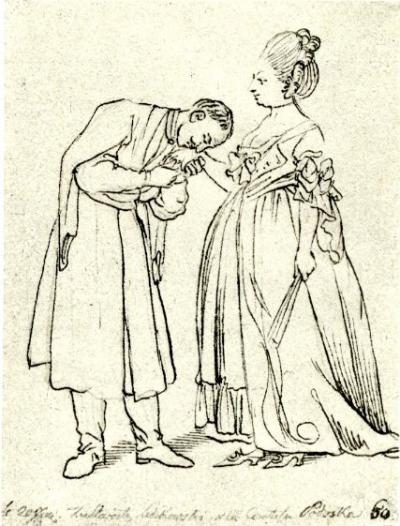
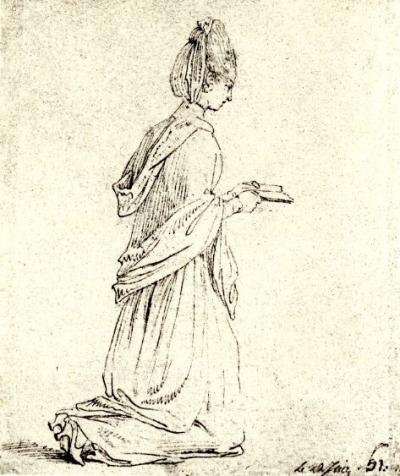
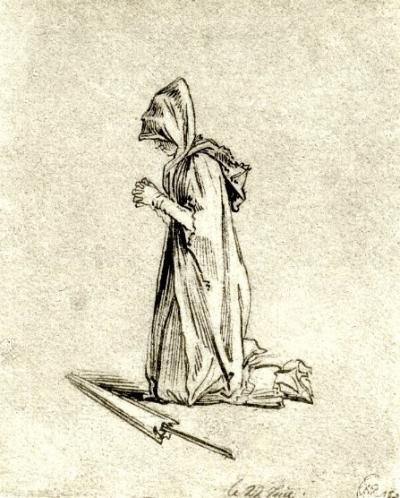
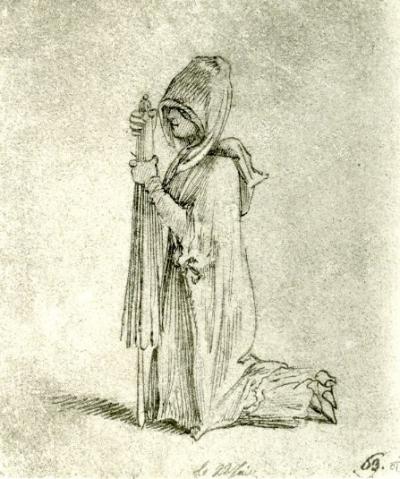
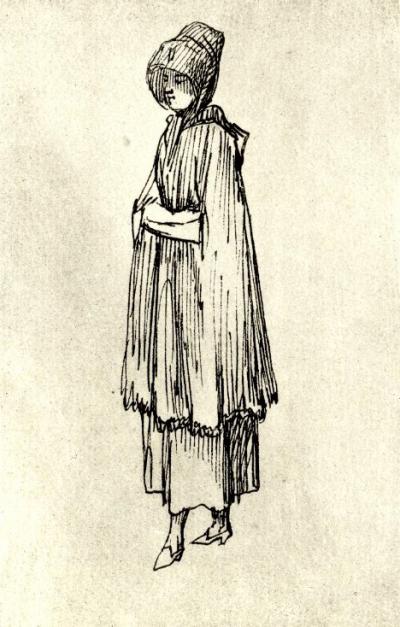

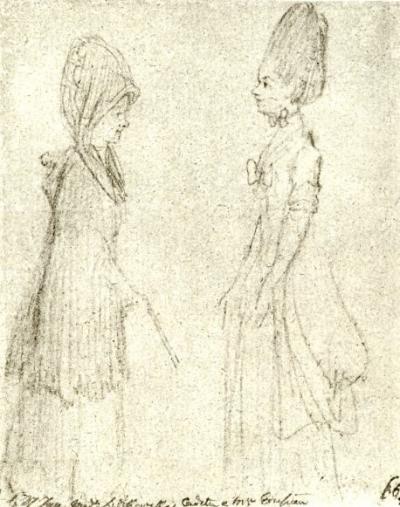

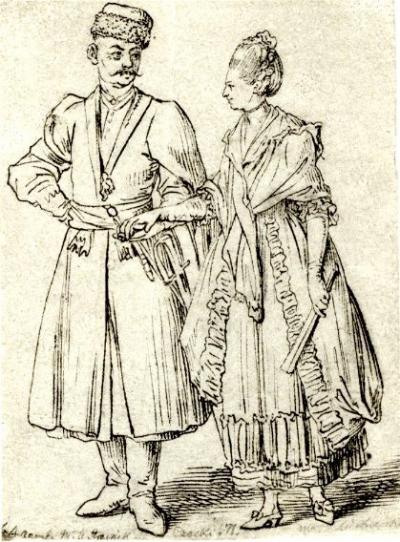
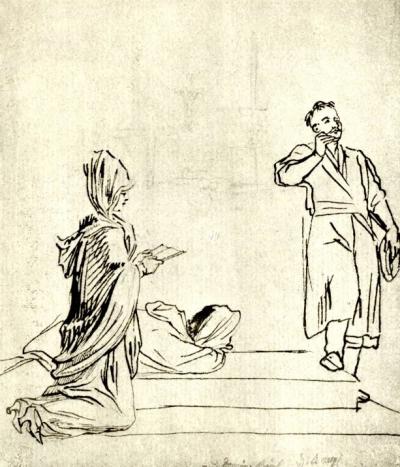
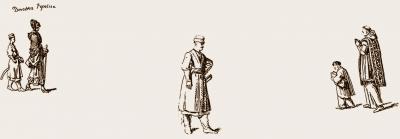
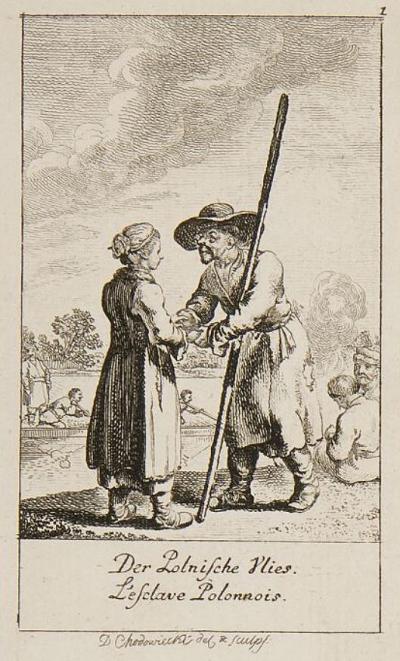
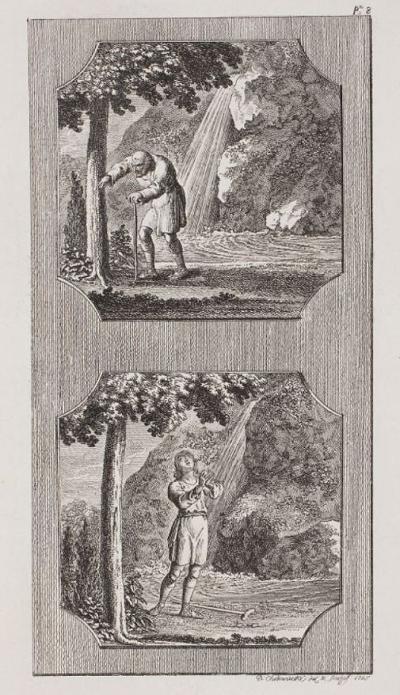
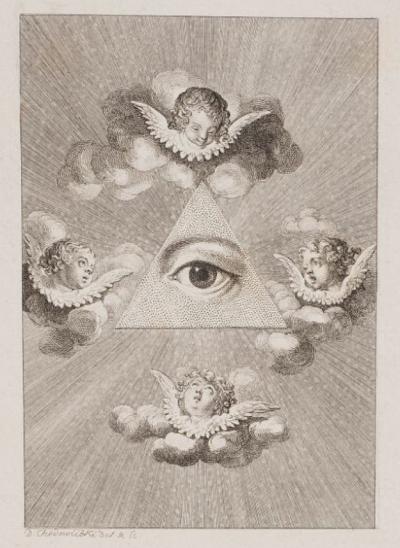

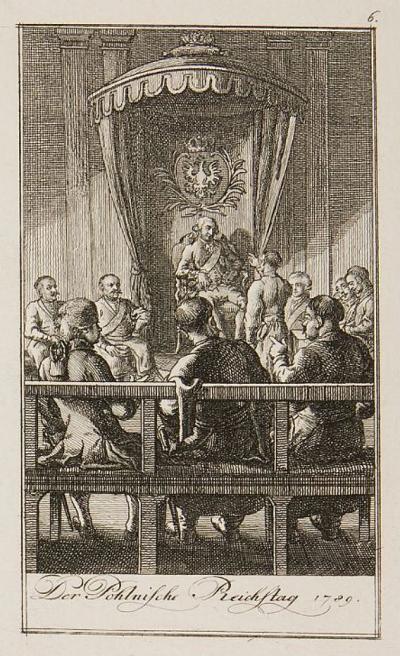
![Ill. 45: The new Polish Constitution Ill. 45: The new Polish Constitution - Etching, in: Begebenheiten aus der neueren Zeitgeschichte [...], Göttingen 1793.](/sites/default/files/styles/width_100_tiles/public/assets/images/45_polnische_verfassung.jpg?itok=8ZtNsUvt)
![Ill. 46: The celebration of Poland's great revolution Ill. 46: The celebration of Poland's great revolution - Etching, in: Sechs Blätter zur neueren Geschichte [...] 1793.](/sites/default/files/styles/width_100_tiles/public/assets/images/46_revolution_polens.jpg?itok=1TH3eNK0)

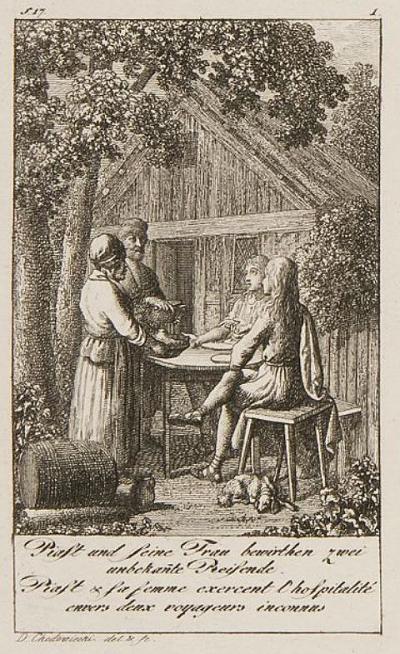
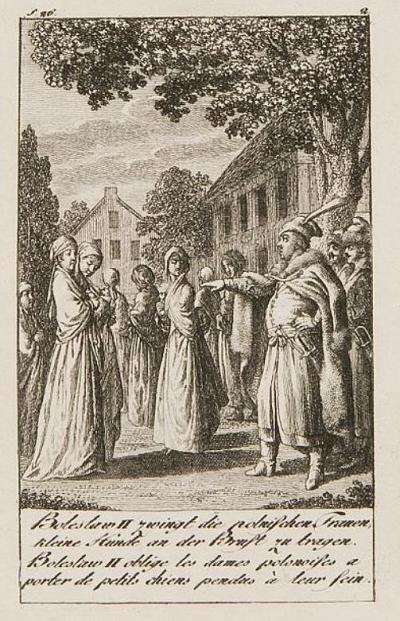

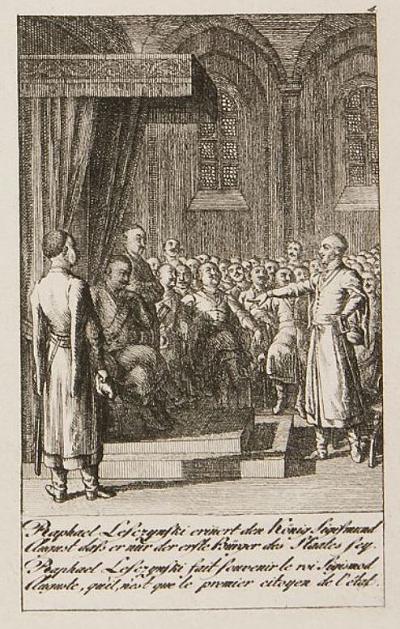



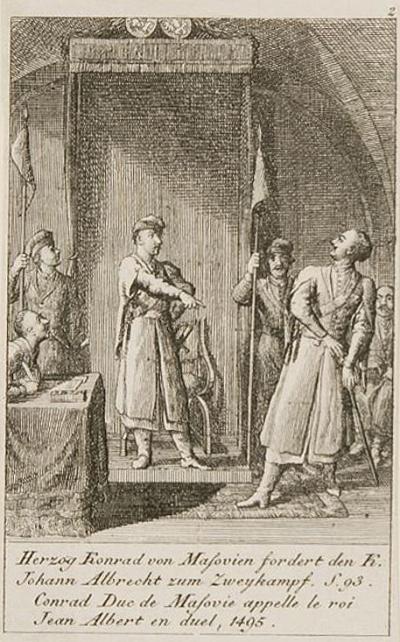
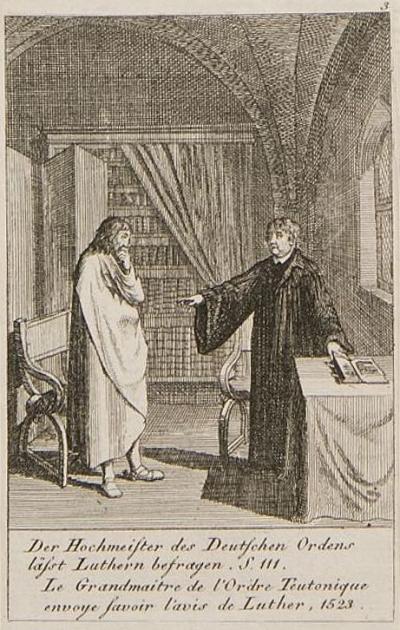


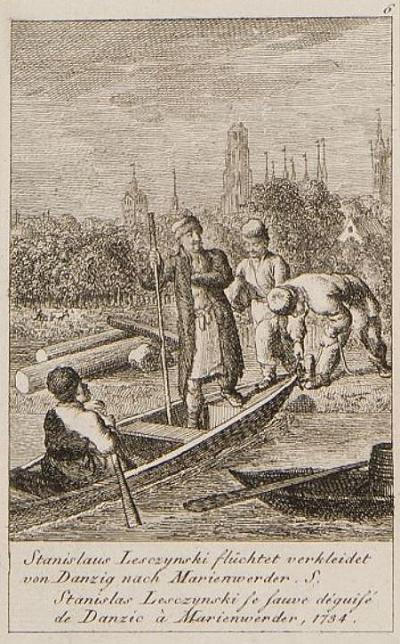
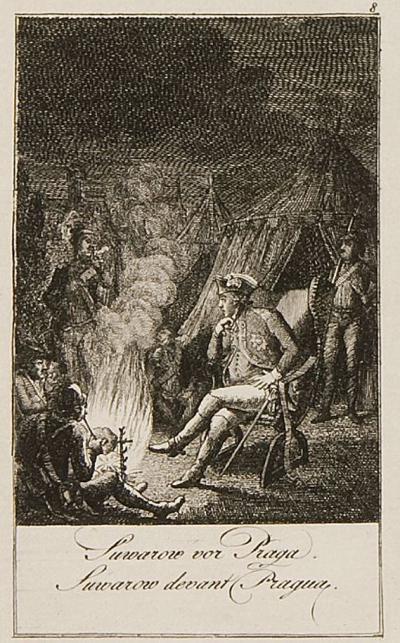



Daniel Chodowiecki - Hörspiel von "COSMO Radio po polsku" auf Deutsch

![Ill. 2: Cabinet d’un peintre [Cabinet of a painter] Ill. 2: Cabinet d’un peintre [Cabinet of a painter] - Etching, 18 x 23 cm. Depicted is part of Chodowiecki](/sites/default/files/styles/width_100_tiles/public/assets/images/2_mit_familie.jpg?itok=Ox3Ojmp4)










































![Ill. 45: The new Polish Constitution Ill. 45: The new Polish Constitution - Etching, in: Begebenheiten aus der neueren Zeitgeschichte [...], Göttingen 1793.](/sites/default/files/styles/width_100_tiles/public/assets/images/45_polnische_verfassung.jpg?itok=8ZtNsUvt)
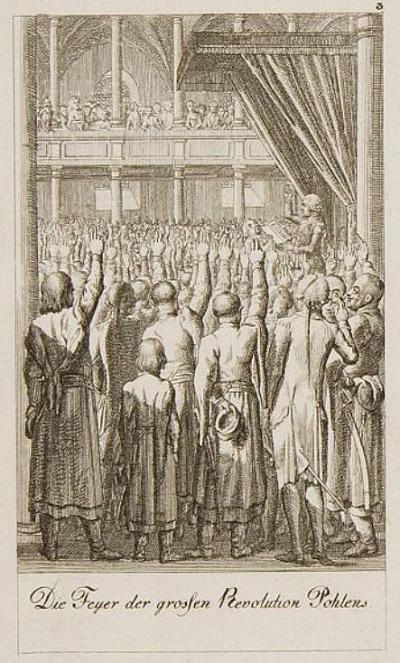


















The Polonica
In 1953, in his introduction to a collection of reproductions based on Chodowiecki and owned by the publicist, historian and bibliophile Wacław Zawadzki (1899-1978), the Polish art historian Andrzej Ryszkiewicz (1922-2005) identified 116 drawings, etchings and oil paintings by Chodowiecki containing Polish motifs.[7] The earliest of these works, a cameo portrait of the Polish King Stanisław Leszczyński, is alleged to have been drawn by Daniel at the age of eight (from nature or from his own imagination?) in Danzig, but has since been lost.[8] The next “Polish“ work, the already mentioned portrait of the Jubilee celebrations in Kraków in 1750 that were visited by a huge number of worthies, has given rise to a large number of speculations as to the reason why Chodowiecki would have been in Kraków – although this journey is not mentioned in any written testimonies.[9] Opinions differ as to whether Chodowiecki based his drawing on an etching by the Augsburg master Georg Christoph Kilian, as Börsch-Supan claims,[10] (this was immediately after Chodowiecki had learnt porcelain painting in Augsburg), or whether Kilian based his etching on the scenes drawn by Chodowiecki in Kraków, as Elżbieta Budzińska claims to have discovered.
With regard to another work, the portrait of a young boy with a shaved Polish-style haircut and Polish dress,[11] there have been continual arguments as to whether this is a portrait of Chodowiecki’s son Heinrich or a portrait of the son of one of the Polish aristocratic families living in Danzig. The one extant print of this portrait was owned by the Posen Society of Friends of Sciences before it was lost in the war. Comparative examples like a portrait of Chodowiecki’s son Wilhelm, also with a Polish haircut and clothes,[12] are now in the Warsaw National Museum but they have only come down to us in the form of photographs. It is also unclear on what grounds Chodowiecki may have drawn his sons in Polish national dress, for this was unusual in the circles of the family in Berlin. We do not know what happened to other works like the one he drew in Danzig entitled “The Profile of a Polish Aristocrat” (a picture of Zawadzki/Ryszkiewicz) [13]: the same applies to a cameo painting of the Prince-Primate of Poland and the Archbishop of Gniezno, Gabriel Jan Podoski (Gabriel Johann Graf Podoski, 1719-1777), that was once in the Lubomirski Museum in Lemberg. Today there are still red chalk portraits of Polish aristocratic families in Danzig (the so-called “Red Heads”) in a number of Polish collections but they have not yet been published.
According to Elżbieta Budzińska, of the 108 known drawings of Chodowiecki’s journey from Berlin to Danzig in 1773, that have been in the possession of the Berlin Akademie der Künste since 1865, “almost half of them are very interesting Polonica“.[14]The drawings were a bequest from the estate of Chodowiecki’s daughter-in-law and were stored in an art folder in 1883. Since then they have been published in a huge amount of books and exhibition catalogues with commentaries. It is a moot question whether every member of the lower class who was a “Cook on the Long Market“ or “A Glazier” had to be a Polish citizen in the (at least) bi-national city of Danzig. Amongst Chodowiecki’s approximately 2000 etchings there are portraits in which a Polish motif can be found on the edges, like for example three Polish horsemen in one of his illustrations to “Minna von Barnhelm”, or a man in Polish dress in an illustration to “Clarissa”, a novel by Samuel Richardson (1689-1761). A map of Poland showing a Polish aristocrat actress in the vignette is probably not by Chodowiecki. In any case it is not contained in a meticulous list of his “complete etchings” works drawn up by Engelmann in 1857. “Polish types” can be found in Lavater’s “Physiognomic Fragments” and in Basedow’s “Elementary Work“ there are even wonderful toboggans shaped like a swan: according to Elżbieta Budzińska this is typically Polish.[15]
Some of these works no longer exist but all of them have been discussed and debated in detail by Polish authors. For obvious reasons they cannot all be fully documented here. If we take the opportunity to do some research on the Internet we can find a succession of etchings entitled “Illustrations on the History of the 18th century”, published by Johann Georg Penzel in 1793. They are signed with the acronym “D. Chod. del.” (latin: delineavit, he signed) but are also not listed by Engelmann. They contain the two prints “Stanislaus shortly after being elected as King of Poland“ and “August is coerced by Carl XII to decline the Polish Crown”. However both are so naive and clumsy that we can scarcely ascribe them to Chodowiecki. The two will not be illustrated and commented on here. The works chosen for this presentation will only show those images from the “Journey from Berlin to Danzig“ that are universally acknowledged as definite Polish motifs, and etchings that are indisputably by Chodowiecki, as well as scenes from the History that have Poland as their content.
[7] Daniel Chodowiecki. 64 reprodukcje. Teka w opracowaniu W. Zawadzkiego, wstęp A. Ryszkiewicza, Warschau 1953, pages 9-12
[8] Irena Urbanowska 2001, page 155
[9] Elżbieta Budzińska 1986, page 121 f.; Irena Urbanowska 2001, page 155
[10] Helmut Börsch-Supan 1998, page 605
[11] Elżbieta Budzińska 1986, illustration 3
[12] Elżbieta Budzińska 1986, illustration 2
[13] Irena Urbanowska 2001, illustration, page 158
[14] Elżbieta Budzińska 1986, page 120
[15] Elżbieta Budzińska 1986, page 119





















































































